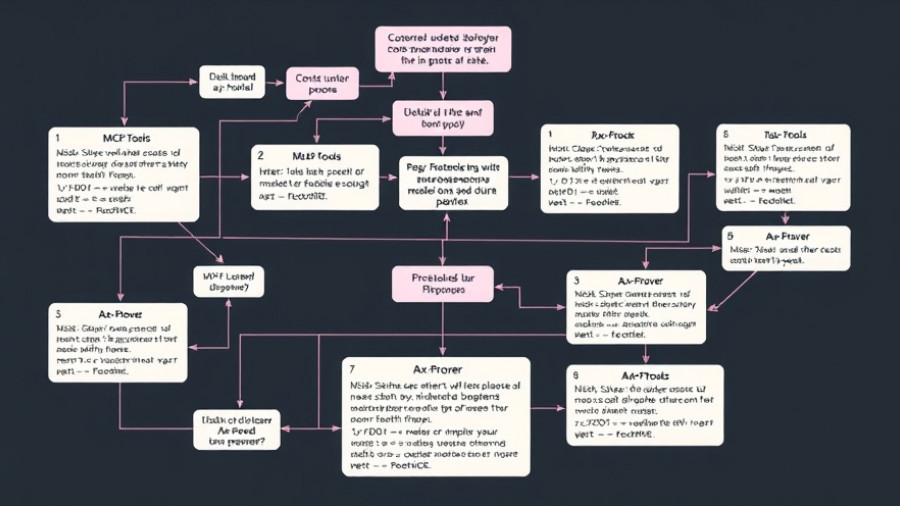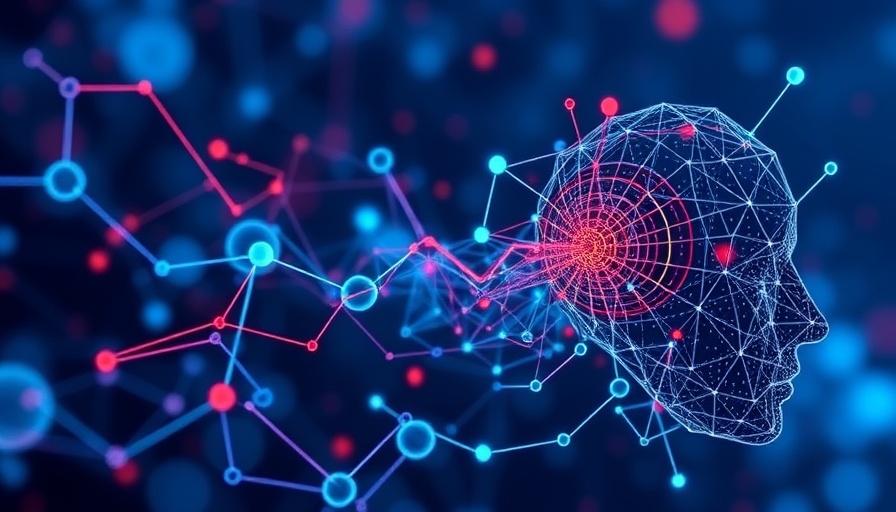
Understanding Deep Reasoning AIs: The Next Frontier in Technology
As artificial intelligence (AI) continues to evolve, one of the most exciting developments is the emergence of deep reasoning AIs. These systems go beyond mere data processing; they simulate human-like reasoning abilities, enabling them to solve complex problems more efficiently. A recent analysis highlights Microsoft's pursuit of advancing such technology, showcasing their research in deep reasoning AI which is poised to revolutionize the tech landscape.
What Sets Deep Reasoning AIs Apart?
Traditional AI systems excel primarily in pattern recognition and data analysis but often fall short when faced with tasks requiring logical reasoning or decision-making based on nuanced information. Deep reasoning AIs, however, leverage deep learning techniques to understand context, make inferences, and draw conclusions just as a human would. This capability makes them invaluable in diverse applications ranging from medical diagnosis to strategic business analytics.
The Implications of Advancing AI Technology
Microsoft’s initiatives in deep reasoning AIs are part of a broader trend where organizations are seeking to blend complex algorithms with human-like reasoning. This fusion can lead to more sophisticated AI agents capable of not just answering questions based on data, but also understanding scenarios in which they operate. Such developments raise important questions about ethical considerations, data privacy, and the potential displacement of human jobs in fields like customer service and diagnostics.
A Historical Look at AI Development
To appreciate the advancement of deep reasoning AIs, it’s helpful to look back at the evolution of artificial intelligence. From its inception in the mid-20th century, AI has undergone significant transformations—from simple rule-based systems to the sophisticated neural networks we see today. The incorporation of deep learning and natural language processing has expanded the horizons of what AI can achieve, setting the stage for deep reasoning systems.
Real-World Applications of Deep Reasoning AIs
Deep reasoning AIs are already making waves in multiple sectors. For instance, in healthcare, they assist in diagnostic procedures by analyzing medical images and suggesting possible health risks based on patient data. In finance, these AIs improve risk assessment models by evaluating unprecedented data patterns that human analysts may overlook. Such applications demonstrate the potential for increased efficiency and improved outcomes across industries.
Potential Challenges and Risks
Despite the promising capabilities, deep reasoning AIs also come with challenges. The examples of failure in AI systems highlight the risks that arise when these technologies are not thoroughly vetted. Instances of bias in AI decision-making and the misuse of AI tools raise alarms about accountability and governance. Thus, as the field progresses, a robust framework for ethical AI development must be established to navigate these hurdles responsibly.
Looking Ahead: The Future of Deep Reasoning AI
The future of deep reasoning AIs is bright, but it will require ongoing research and collaboration across the tech community. Researchers and organizations must continue to explore innovative ways to harness their full potential while safeguarding against ethical breaches. Engaging in dialogues on transparency, accountability, and regulation will ensure these technologies are not only advanced but also deployed responsibly.
For those interested in understanding deep reasoning AIs and their profound implications on our society, it is crucial to stay informed. The evolution of AI is rapid, and being educated about these technologies will empower individuals to participate in the discussions surrounding their future. As the landscape changes, the demand for knowledgeable individuals who can navigate these complexities will only increase.
Discover more about the fascinating world of AI and join the conversation about its implications in our daily lives. Your involvement can help shape a future where technology serves to enhance human potential rather than diminish it.
 Add Row
Add Row  Add
Add 




Write A Comment